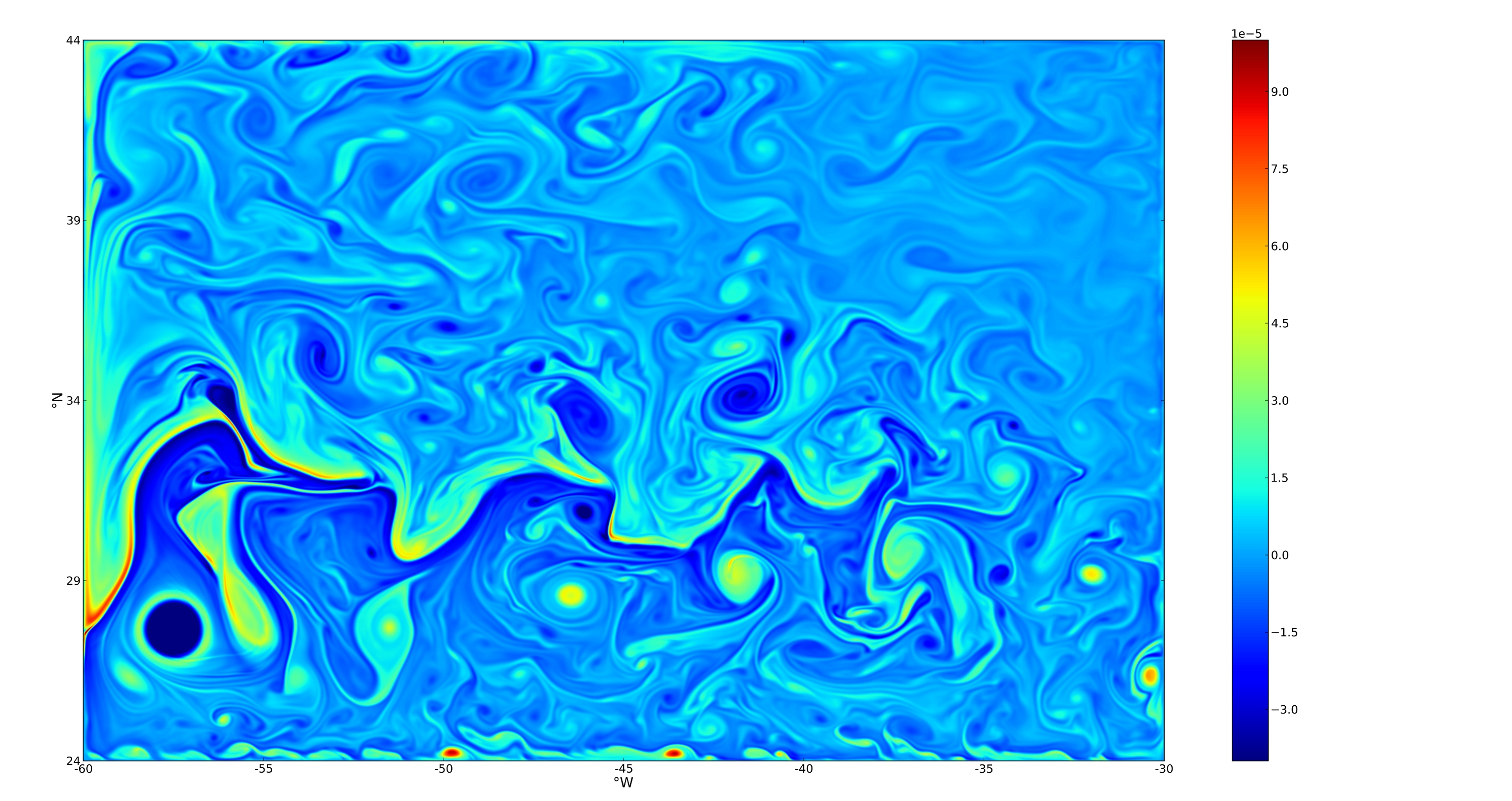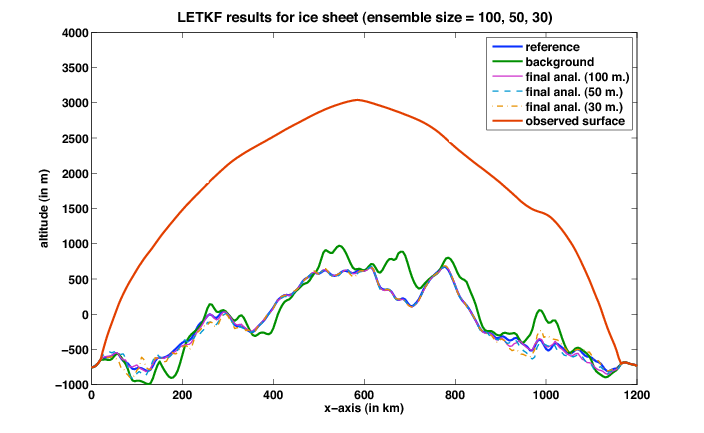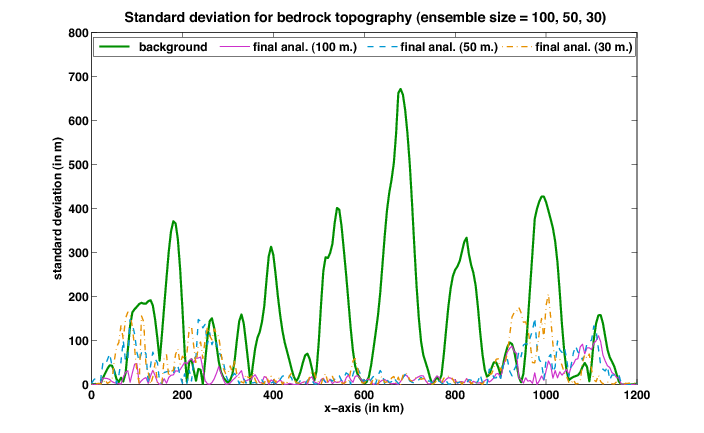Section: New Results
Data Assimilation for Geophysical Models
Development of a Variational Data Assimilation System for OPA9/NEMO
Participants : Arthur Vidard, Bénédicte Lemieux-Dudon, Pierre-Antoine Bouttier, Eric Blayo.
We are heavily involved in the development of NEMOVAR (Variational assimilation for NEMO). For several years now, we built a working group (coordinated by A. Vidard) in order to bring together various NEMOVAR user-groups with diverse scientific interests (ranging from singular vector and sensitivity studies to specific issues in variational assimilation). It has led to the creation of the VODA (Variational Ocean Data Assimilation for multi scales applications) ANR project (ended in 2012). A new project, part of a larger EU-FP7 project (ERA-CLIM2) has been submitted late 2012 and will start early 2014.
The project aims at delivering a common NEMOVAR platform based on NEMO platform for 3D and 4D variational assimilation. Following 2009-11 VODA activities, a fully parallel version of NEMOTAM (Tangent and Adjoint Model for NEMO) is now available for the community in the standard NEMO version. This version is based on the released 3.4.1 version of NEMO.
We are also investigating variational data assimilation methods applied to high resolution ocean numerical models (see figure 3 ). This part of the project is now well advanced and encouraging preliminary results are available on an idealised numerical configuration of an oceanic basin. Several novative diagnostics have been also developed in this framework as part of P.A. Bouttier’s PhD that will be defended early 2014
|
Lastly, multi resolution algorithms have been developed to solve the variational problem, and preliminary results were presented in two international communications [52] , [51] .
Ensemble Kalman filtering for large scale ice-sheet models
Participants : Bertrand Bonan, Maëlle Nodet, Catherine Ritz.
In collaboration with C. Ritz (CNRS, Laboratoire de Glaciologie et Geophysique de l'Environnement (LGGE), Grenoble), we aim to develop inverse methods for ice cap models.
In the framework of global warming, the evolution of sea level is a major but ill-known phenomenon. It is difficult to validate the models which are used to predict the sea level elevation, because observations are heterogeneous and sparse.
Data acquisition in polar glaciology is difficult and expensive. Satellite data have a good spatial coverage, but they allow only indirect observation of the interesting data. Moreover, ice dynamics processes are highly non linear and involve many feedback loops, so that classical linear data assimilation give poor results.
B. Bonan defended his PhD [1] in November 2013 on this subject. We implemented the Ensemble Transform Kalman Filter (ETKF) algorithm for a flowline Shallow-Ice model, called Winnie, developed by C. Ritz at LGGE. On twin experiments we got interesting results. Figures 4 show the reconstruction of the bedrock topography for various ensemble sizes. We can see that the obtained bedrock is very close to the true one, even for small ensemble sizes. This is very promising for the future, as we want to implement this method into a full 3D model. A journal paper has been submitted on this subject, and the results have been presented at many conferences [27] , [37] , [48] , [38] , [39] .
|
Inverse methods for full-Stokes glaciology models
Participants : Olivier Gagliardini, Maëlle Nodet, Catherine Ritz.
We are investigating the means to apply inverse modeling to another class of glaciology models, called full-Stokes model. Such a model is developed by LGGE and CSC in Finland, called Elmer/Ice. Contrary to large scale models, Elmer/Ice is based on the full Stokes equations, and no assumptions regarding aspect ratio are made, so that this model is well adapted to high resolution small scale modelling, such as glaciers (and more recently the whole Greenland ice-sheet).
In collaboration with O. Gagliardini, F. Gillet-Chaulet and C. Ritz (Laboratoire de Glaciologie et Géophysique de l'Environnement (LGGE), Grenoble), we investigated a new method to solve inverse problems for a Full-Stokes model of Groenland, which consisted in solving iteratively a sequence of Neumann and Dirichlet problems within a gradient descent algorithm. We also compared this method to an approximate variational algorithm, using the fact that the full Stokes equations are almost self-adjoint. These results have been presented at an international conference [44] .




